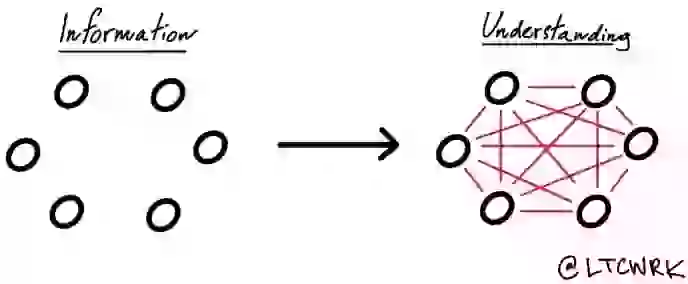Key Takeaways
- Being Chief Everything Officer is not about doing everything. It is about being prepared for everything and being willing to give everything.
- The first is the need for a deep level of detachment. Oftentimes, entrepreneurs become emotionally attached to their original mission, and when the market is saying clearly it’s time to change, they struggle to let go of their original dream. Attachment makes change impossible. Meditation has helped me cultivate a stronger ability to detach.
- “Prove it, then scale it” is a mantra that I love as it is simple yet powerful. It is both efficient, and effective.
- A few principles had helped me get to this point, the foremost being: Transparency breeds trust.
- Don’t over-engineer culture. Culture is a symptom, not a cause. A culture emerges organically, based on how a Chief Everything Officer makes decisions, communicates progress and challenges, and organizes the business. I believe it is an unconscious thing that happens. In companies, big or small, the leader sets the tone and pace, regardless if they are doing so intentionally or accidentally.
- was very binary about it. “In a software business, there are only two activities that I value. Talking with clients or building and servicing the product. Everything else is a waste of time.”
- Twice, I attempted to merge this group of advisors around a single table. Both times it ended in disaster. Imagine a world class footballer, a top-tier golfer, and an Olympic swimmer discussing strategy: each one a giant in their field, but each speaking different languages. I realized that their strength, their real value, was in one-on-one interactions. Their advice was like dishes on a tasting menu: best savored individually rather than mixed. Instead of building a board early on, I learned it’s better to cultivate advisors who are strong in specific areas. Think of them as solo artists rather than a band. The dynamics of such relationships are fluid; you never really know who’ll strike the right chord, when, and for how long.
- The first was to recognize that the board is there to work for me, not the other way around. This mindset meant that I was unafraid to ask them to do things for me and the team. It also helped create a dynamic that was helpful, encouraging, and positive for me. This is not what I often hear from other CEOs, who don’t look forward to their board meetings because they put the board members in the boss’s seat.
- The decisions I regret the most in business have been when my emotions were out of check and I had felt imbalanced. Emotional regulation is often talked about and rarely acted on.
- My number one tool for releasing and processing my emotions has been crying. I discovered the art of crying for myself about half-way through my CEO journey. And it has stayed with me to this day. I cry at least once a week, sometimes more often. Sometimes from a place of frustration or fear, oftentimes nowadays from a place of joy and gratitude.
- I’ve learned that true contentment and peace come from internal alignment and growth, not external achievements. I feel satisfied knowing I tried and gave it my all.
What I got out of it
- Chief Everything Officer is an honest, inspiring memoir that shows what it really takes to build, lead, and adapt through the ups and downs of entrepreneurship—making it a must-read for anyone carrying the weight of big dreams.


